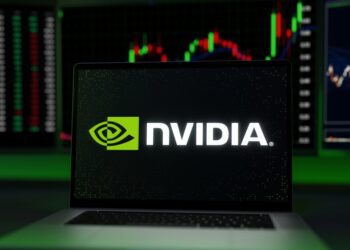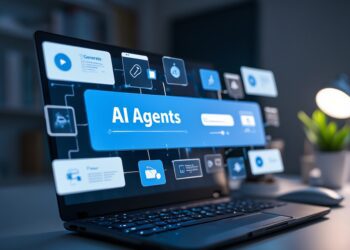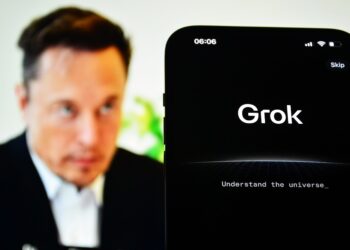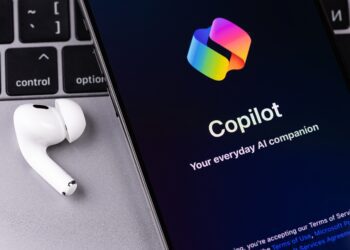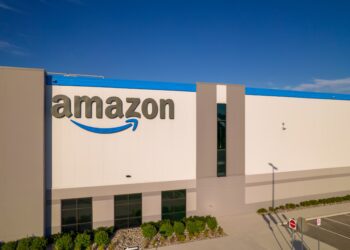Sam Altman needed someone to manage the finances. It was 2018, and OpenAI was still a nonprofit research outfit with 40 employees, no consumer product and no clear revenue model. But someone had to oversee the money.
Altman asked Brad Lightcap, who he’d worked with at startup accelerator Y Combinator, to help him with the search. Lightcap interviewed more than 20 people. Nobody wanted the job. So Lightcap decided to do it himself, stepping into a temporary role as the first business hire inside what was still unmistakably a lab.
“We had no idea we were going to make a chatbot that a lot of people were going to talk to,” Altman said at a dinner with reporters earlier this month in San Francisco that Lightcap also attended. “That was just not in the conception.”
Seven years after joining the nascent startup, Lightcap is operating chief of a $500 billion startup with 3,000 employees. His task is to turn OpenAI from a consumer phenomenon, known for creating ChatGPT and sparking the generative AI boom, into a force in the enterprise.
The company took a major step in that direction this week, announcing new offices in Brazil, Australia, and India in response to business demand.
As it enters new markets, Lightcap doesn’t have to worry about building a brand. ChatGPT now boasts more than 700 million weekly active users less than three years into its existence.
But selling into the enterprise requires bodies. In the past 18 months, Lightcap has built OpenAI’s go-to-market team from around 50 people to more than 700, which includes sales reps and staffers focused on customer success, developer relations and strategic partnerships.
The push started in 2023, with GPT-4 and the launch of ChatGPT Enterprise. Businesses could suddenly see that OpenAI’s large language models were capable of reliably handling workflow tasks. Clients started coming in from every direction.
“It was the first time you cross the chasm of the models being intelligent enough to actually solve problems for businesses,” Lightcap, 34, said in an interview this week. “We saw significant demand coming out of that launch.”
Moderna began using ChatGPT Enterprise to accelerate drug discovery and summarize vast amounts of research data. Uber built a custom tool that let engineering teams tap OpenAI’s models for customer support, driver experience and internal productivity. Morgan Stanley first embedded GPT-4 into workflows on its wealth management team and later extended the integration into investment banking and trading.
“I see our responsibility as both building the tools and being, in some ways, the most knowledgeable people in the world on how to deploy them,” Lightcap said. “We’ve taken that seriously from day one.”
OpenAI’s rollout doesn’t rely on traditional sales reps. Instead, its go-to-market strategy leans heavily on engineers who work directly with enterprise partners to ensure the models solve real business problems.



